Many tea enthusiasts face this dilemma: why does the same tea leaves, brewed with the same utensils and water, taste different when prepared by others?
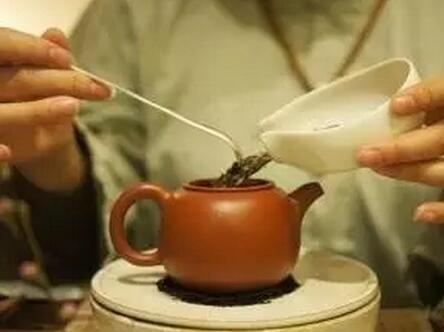
Pay attention to three aspects
Assuming the tea quality is good, brewing a delicious cup of tea depends mainly on the teaware, the amount of tea leaves used, and the steeping time—all of which are interconnected.
Teaware: Aesthetic appeal doesn’t matter as much as capacity. The size of the teaware directly affects the amount of tea leaves, water volume, and steeping time. For example, an 8g bag of rock tea brewed in a 100cc vessel versus a 130cc one will yield different strengths due to varying water volumes, even with the same steeping time.
Amount of tea leaves: Pre-packaged tea simplifies measurements (e.g., 8g for rock tea, 5g for black tea). For loose tea, trial and error helps determine the right quantity. A kitchen scale can ensure precision.
Steeping time: Adjust based on the amount of tea leaves—more leaves require shorter steeping, while fewer leaves need longer. A scale ensures consistency.
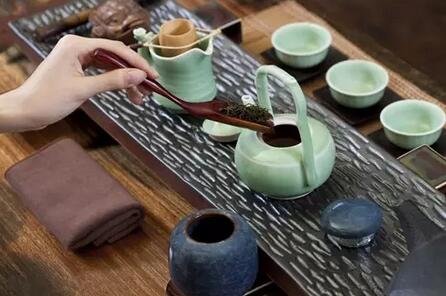

Whole leaves vs. broken leaves
Another factor: loose tea at the bottom of a package tends to be more broken (due to handling), brewing stronger than intact leaves. Faster steeping compensates for this. Pre-packaged tea may also contain broken leaves, affecting flavor consistency.
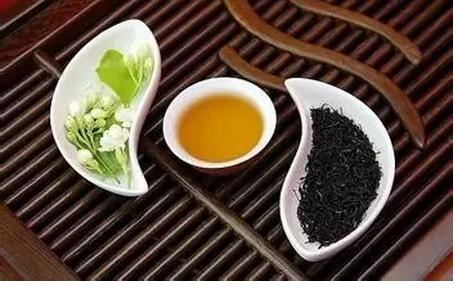
Copying brewing methods is a mistake
Tea varies by person and season. Factors like processing or weather can make some teas stronger (requiring shorter steeping) or weaker (needing longer steeping). Rigid steeping times are impractical. Adapt to the tea—"brew the tea as it is."
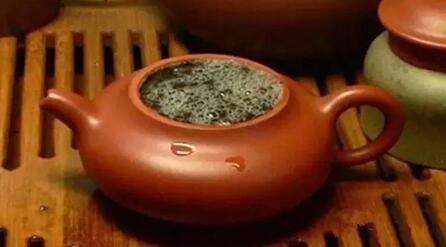
Three influencing factors
Water pouring method: Direct or edge pouring matters little—tea quality dictates flavor. A flawed tea will taste harsh regardless.
Water temperature: Use 80-85°C for green tea, boiling water for others. Lower temperatures soften flavors and mask flaws, while boiling water reveals a tea’s true character.
Water quality: Tap water varies. Chlorinated water requires filtered or bottled water. Spring water enhances sweetness, but it’s unnecessary for daily brewing unless local water harms the tea.
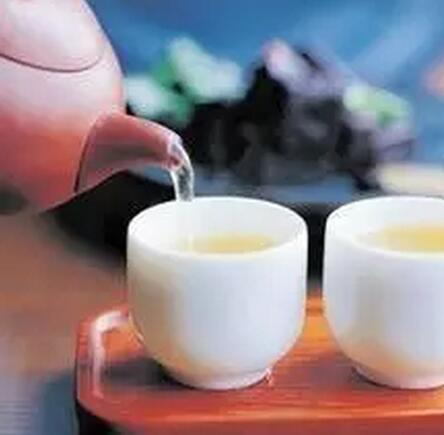
Summary:
Low temperature: Milder, lighter flavor. Boiling water: Robust aroma, reveals strengths and flaws.
Less tea: Weak, thin taste. More tea: Risk of over-steeping and bitterness.
Key details
Drain the teaware completely to avoid affecting the next brew. Pouring speed (10-15 seconds) and vessel angle also impact strength. Even a few seconds can alter concentration.

Gaps in the teaware affect pouring speed—wider gaps speed it up. These seconds matter in concentration.